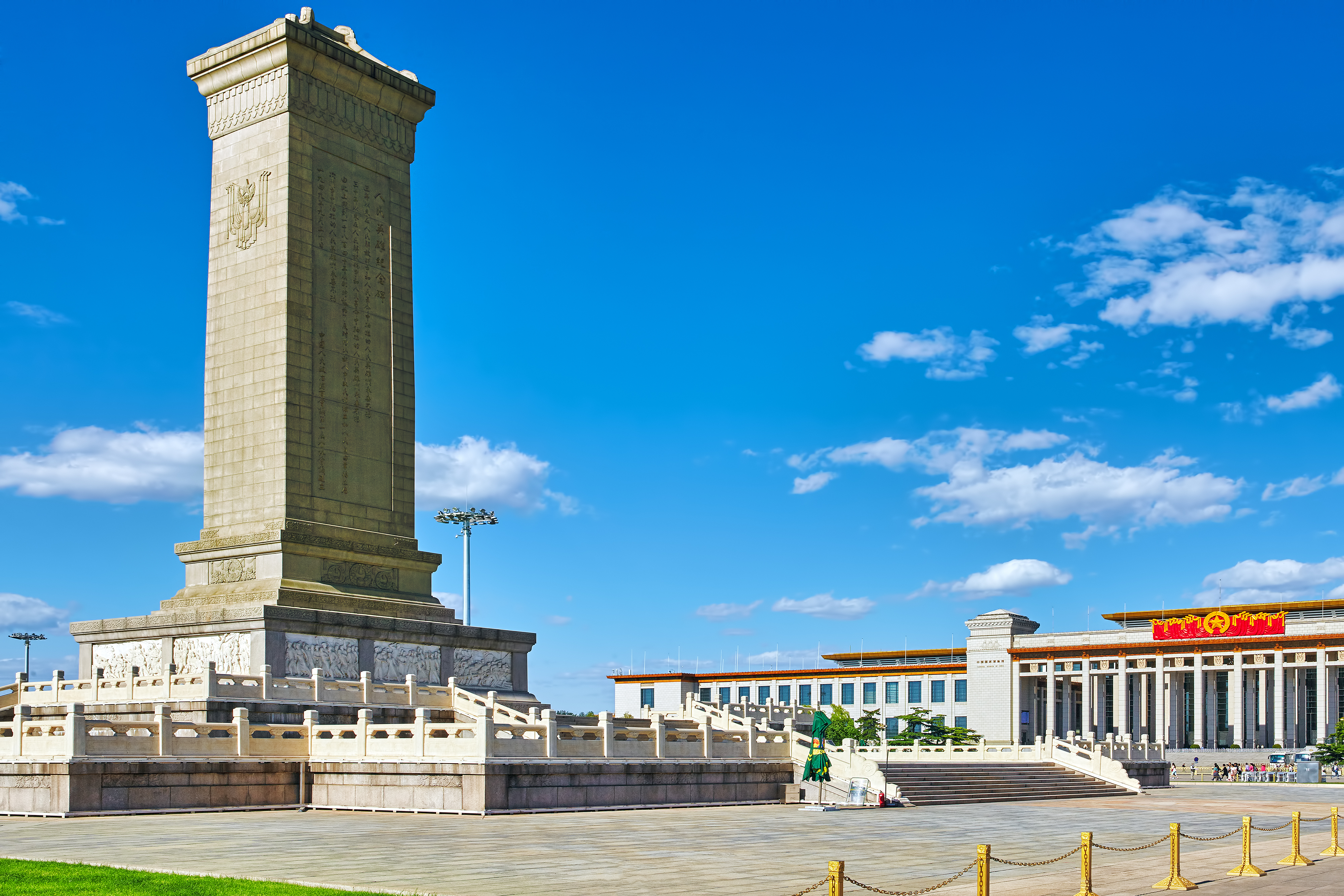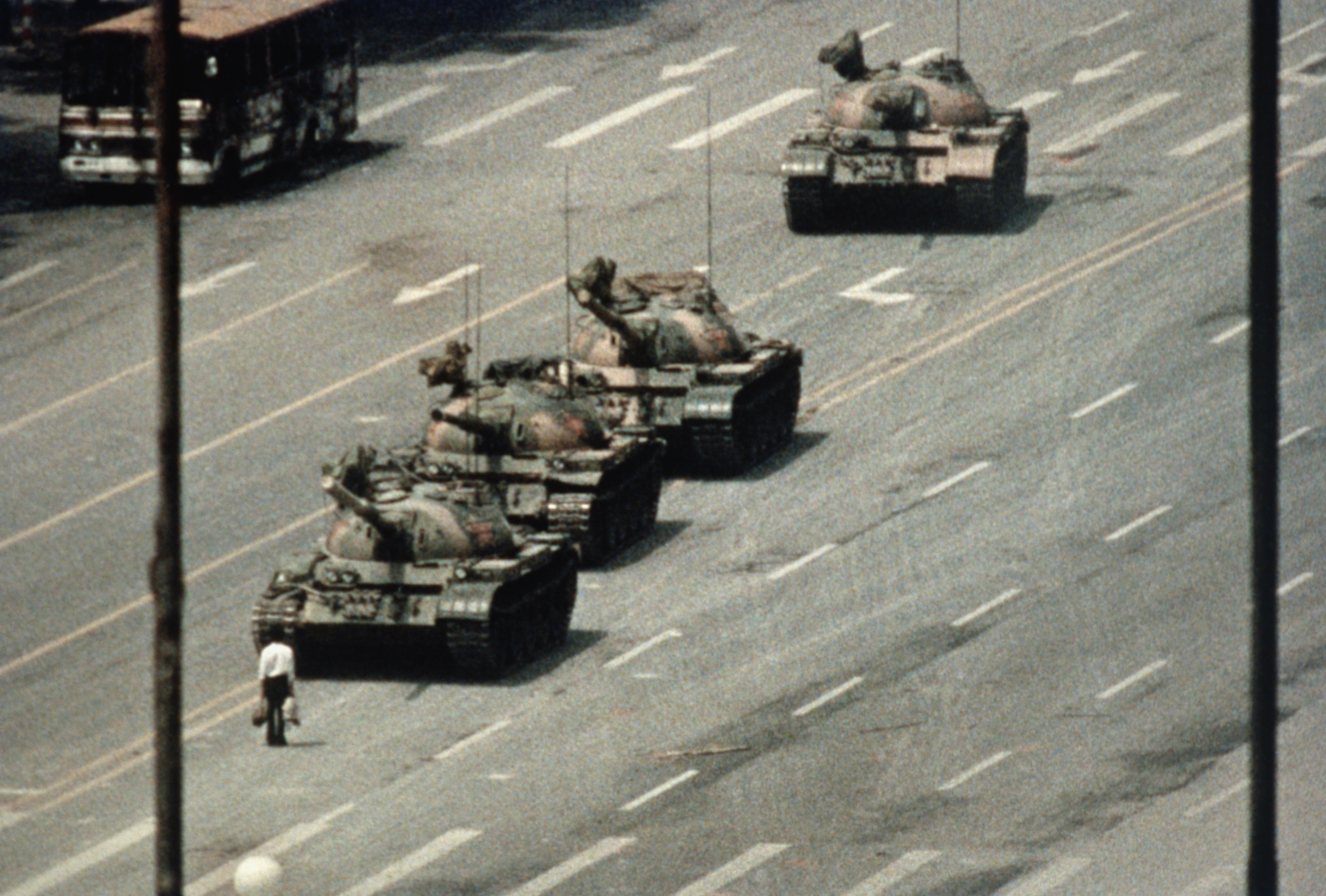Tiananmen Square is a historic area just outside the Forbidden City in Beijing, China. The Forbidden City is a part of Beijing that includes former emperors’ palaces, which today are preserved as a museum. The Forbidden City is so named because, for hundreds of years, most common people were not allowed to enter it. Tiananmen Square is the area between the Gate of Heavenly Peace (Tiananmen) and the Front Gate (Qianmen). The two gates once marked a walled approach to the Imperial City, which surrounded the Forbidden City. At about 1,000 acres (40 hectares), it is the world’s largest urban public square and a major tourist attraction. Tiananmen Square has been the site of numerous ceremonies, gatherings, and historic events.

During much of China’s Ming (1368-1644) and Qing (1644-1912) dynasties, the space was used for official events, such as ceremonies for new emperors and empresses. The area was made accessible to the public after the 1911 revolution that led to the creation of the Chinese republic. In May 1919, students gathered at Tiananmen to protest the Versailles Peace Conference, which permitted Japan to keep parts of China seized during World War I (1914-1918). Tiananmen was the site of another demonstration against Japanese aggression in December 1935. Chinese Communist leaders converted the space into an urban public square in the 1950’s.
The square has historically been a contested space where the Chinese government has claimed its legitimacy and opponents have challenged its policies. During the mid-1900’s, the Chinese government built a number of Communist landmarks at the square, such as the Monument to the People’s Heroes (completed in 1958) and Mao Zedong Memorial Hall (completed in 1977). During the late 1900’s, as dissatisfaction with the Communist regime grew, Tiananmen Square became the site of new demonstrations. Demonstrators and government forces clashed at the square on April 5, 1976. Loading the player...
Tiananmen Square protest
On April 15, 1989, former Chinese Communist Party head Hu Yaobang died. The following day, students in Beijing gathered in Tiananmen Square to honor Hu’s memory. The gathering to honor Hu quickly turned into a major protest that attracted millions of supporters. Protesters occupying Tiananmen Square called for more democracy and an end to government corruption. On June 4, the Chinese military fought their way into central Beijing and crushed the movement, killing hundreds of people. After the Falun Gong spiritual sect was outlawed in China in 1999, members of the group protested in Tiananmen Square in search of official recognition. 
See also Beijing ; China (History) ; Liu Xiaobo .
